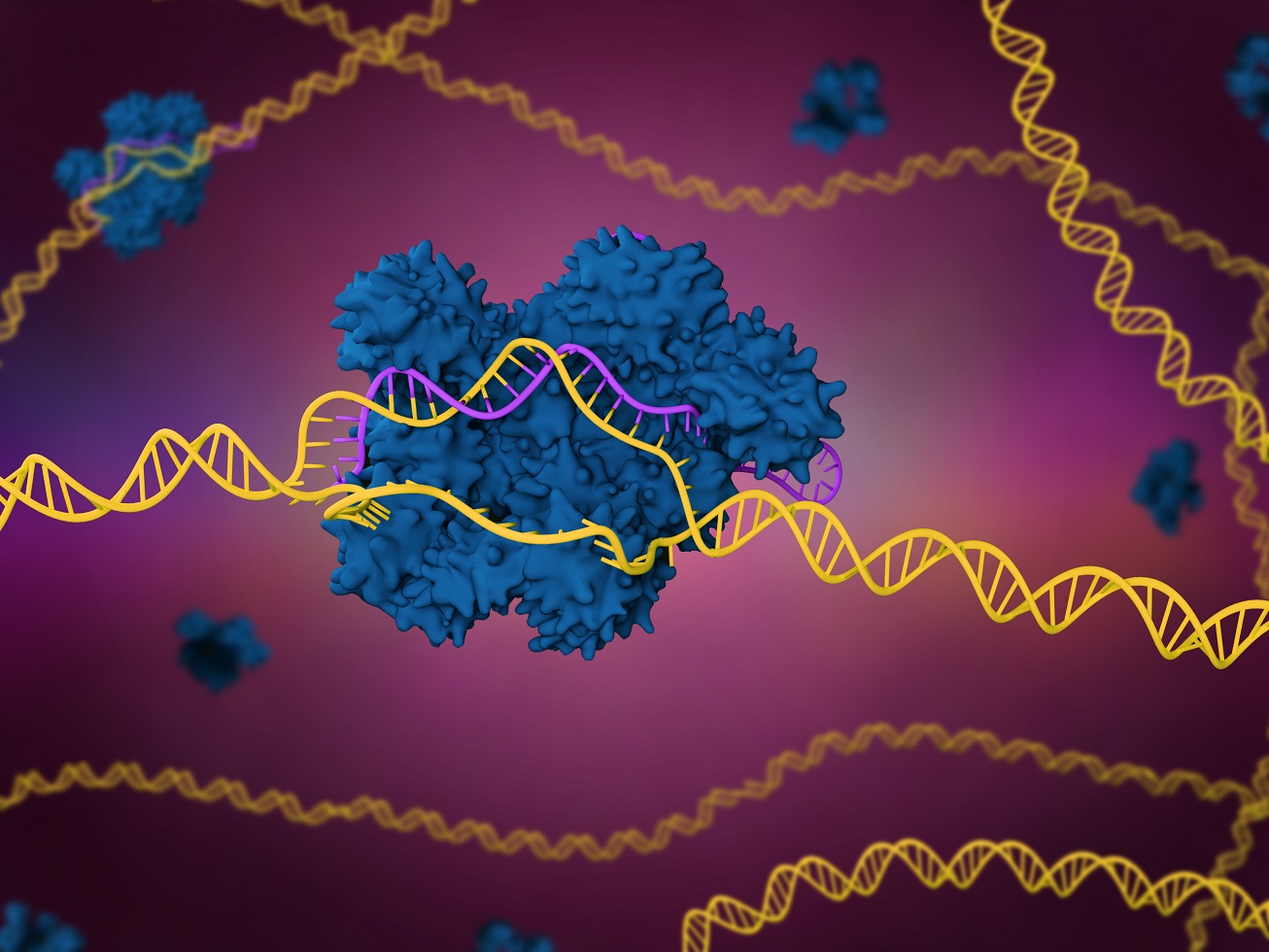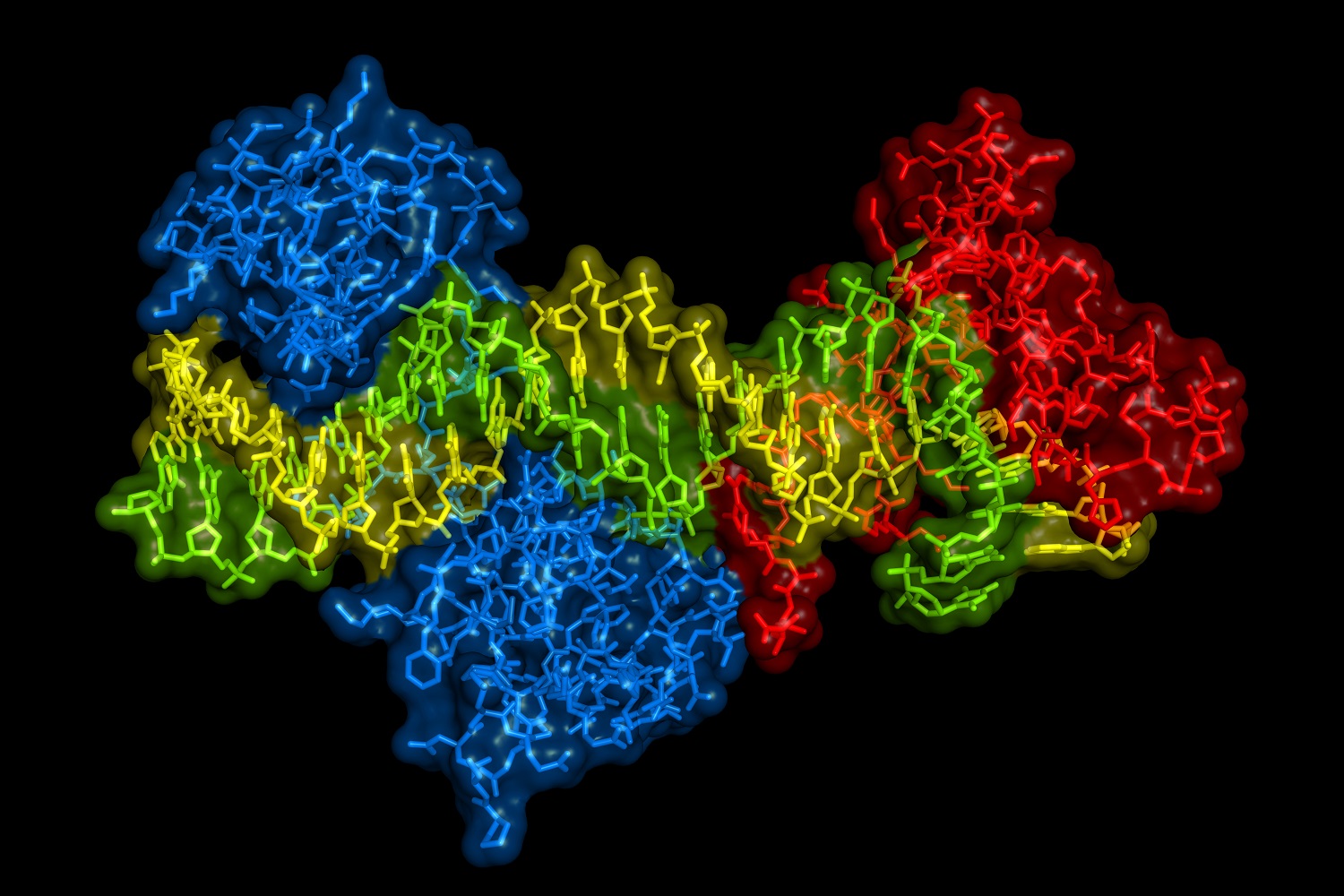Genomics
KeyGene’s patent portfolio is a cornerstone of innovation in genomics, focusing on advanced techniques in NGS (Next Generation Sequencing), genotyping, gene editing, etc.
These patents drive breakthroughs, enabling applications in healthcare, diagnostics, agriculture, and beyond. KeyGene’s intellectual property fuels progress in understanding genetic variation, shaping the future of various fields with tailored solutions.

Sequence based genotyping (SBG, GBS)
Genotyping SNP, SSR and indel polymorphisms in a single streamlined process for multiple samples.

KeyPoint® Breeding
Multiplex detection of variation of genes / loci of interest, based on high throughput sequencing.

SNPSelect
Genotyping, based upon locus & allele identifiers; a way to amplify and process DNA into probes

Oligonucleotide-delivery to protoplasts
Method to effectively deliver mutagenic nucleobases to plant protoplasts using polyethylene glycol

Combinatorial barcodes
At least two nucleotide sequence barcodes, for identifying sample origin in NGS.

Targeted translocation
Translocation between 2 homologous/homeologous chromosomes via double-strand break and rejoining

Glycerol-free transfection of CRISPR complex
Glycerol free genome editing of protoplasts using CRISPR-CAS protein and in vitro transcribed gRNA

Genome editing by programmed deaminases
Genome editing using cysteine or adenine deaminase fused to a site-specific nuclease e.g. a CAS

Accurately amplifying mixtures of probes
Production of oligonucleotides, in particular targeting oligonucleotides or nucleic acid probes.

Genome editing for altered protein function
Editing of a coding sequence by two site-specific nucleases that causes a frameshift

Mad7 for genome editing in plant cells
Highly effective Type V CRISPR system for plant cell genome editing

Dual guide for CRISPR editing of plant cells
Effective genome editing CRISPR system nuclease guided by non-covalently linked, crRNA and tracrRNA

Targeted Sequence Addition
Versatile method for the labelling of a target nucleic acid fragment for targeted sequence library preparation

Semi-solid state for nucleic acid handling
For methods and kits for HMW nucleic acid library preparation, effectively reducing shear stress.




